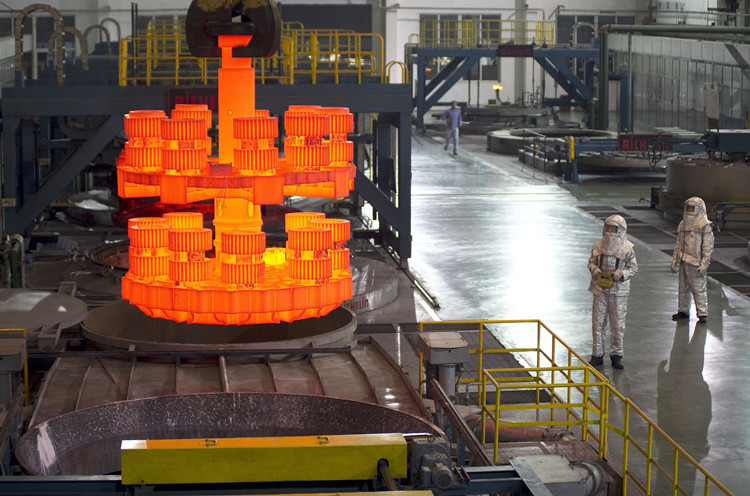- tyler@kirail.com
- +86 15603721115
The size, quality and shape of forgings are the three elements of heat treatment of forgings. When compiling the process specifications for heat treatment of forgings, the three elements of heat treatment process must be combined with the three elements of heat treatment workpieces, and they cannot be separated.

1. Size effect
The mechanics of forged steel varies with its shape and size. Generally, the larger the size, the shallower the quenching depth, and the lower the mechanical properties of heat treatment in the same cooling medium.
2. Mass effect
The mass effect refers to the different mass (weight) of the forging, and the final result of heat treatment is different, especially in the quenching process. Generally, the larger the diameter of the workpiece, the more difficult it is to quench. The larger the workpiece, the more difficult it is to quench. Different masses will lead to very different heat treatment results. The mass effect is to analyze the quenching effect from the perspective of workpiece size. Hardenability is to analyze the quenching effect from the perspective of steel material. The mass effect of workpieces with better hardenability is small, that is, hardenability can improve the mass effect.
3. Shape effect
The shape effect refers to the quenching effect of finger forgings being affected by the shape of the part. Different shapes of bars, plates, and balls have different quenching effects. In addition, different quenching parts on the same part have different cooling methods and different quenching effects.